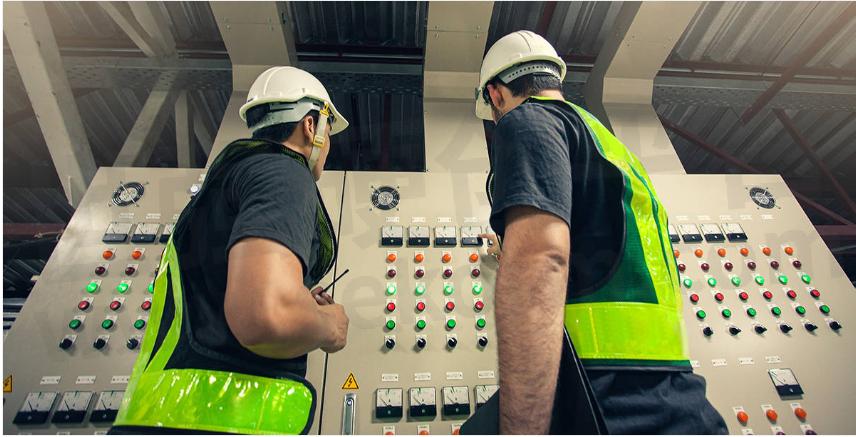How Memory Chips effect When Haing a Power Failures in Industrial Applications

When it comes to industrial applications, the bar is high: The equipment and devices in industrial manufacturing often perform crucial operations and handle critical data. A malfunction or failure is not just costly, it is often dangerous. When a consumer product fails, the user gets frustrated, but overall the damage is limited. A failure in manufacturing automation can have catastrophic consequences. For that reason, industrial applications require specific components suited for the environment they are operating. For example, memory chips for industrial applications are subject to a long list of requirements. Once the memory type is specified, the thermal range, power consumption, and form factors are often the prime selection criteria.

The cost of power failures
Preventing failure of any kind is a priority. Engineers and procurement specialists go through extensive - and often regulated - processes to design, select, and test devices and their components to avoid failures. The loss of power is a specific type of failure that should be prevented as much as possible but can never be eliminated entirely. Outages disrupt the manufacturing process, which can result in costly material damage and operational delays. A power failure can impact safety, inventory, delivery times, and in that way customer satisfaction and sales. According to a survey published by S&C and Frost & Sullivan in 2021, 22% of industrial companies estimated the cost of a single power failure exceeded $100K USD, and 2% even reported the financial impact of a loss of power at their production facility to surpass 2 million USD.
Better safe than sorry
What can industrial equipment developers do to reduce power failures and minimize their impact, including cost? When power is lost, the equipment stops working entirely. Non-volatile memory components, like NAND flash and SSDs, retain their data even when the power is removed. However, it is important to keep in mind that if data was being written when the power failure occurred, loss of that data is still possible.
Selecting industrial-grade memory components that can withstand the temperature range of the environment and remain reliable under the applicable levels of shock, vibration, and/or rugged circumstances is the first line of defense for engineers and designers. Because the power needs of the memory components themselves can also contribute to power failures, designers should keep an eye on the power consumption of the specified components and select low-power memory chips where possible.
Memory component selection
For embedded memory ICs in industrial manufacturing and automation equipment, eMMCs are a great fit. As a non-volatile memory component, eMMCs are suitable to store all the data the device needs as soon as power turns back on, for example, the boot code in order to resume work quickly in the event of a power loss. SMARTsemi’s eMMC products also disseminate a notification for power-off to make sure there is enough time for the component to back up potential cache data.
Power failures in industrial applications can be very costly. Embedded industrial-grade memory components play a crucial role in the prevention of power loss, recovery from it, and data protection. Engineers and designers should keep this in mind when qualifying components for their applications. Check out SMARTsemi’s catalog of FLASH components to find a match for your industrial design.
- +1 Like
- Add to Favorites
Recommend
- Alliance Memory Expands Serial NOR Flash Portfolio With New High-Density Devices, Offering Increased Storage and Performance for a Wide Range of Applications
- Isolated Digital Input Chips NSI8604 and NSI8608 Offer Simplified, Flexible Configuration in Industrial Applications
- Memory Management Techniques for Optimizing Data Flow in Networking Systems
- Alliance Memory 16GB eMMC Solution Simplifies Designs and Saves Space in Consumer, Industrial, and Networking Applications
- NOVOSENSE Driver Chips Boost Industrial Automation and Automotive Applications
- Alliance Memory Introduces Six New CMOS DDR4 SDRAMs that Combine Low 1.2V Power Consumption with Fast Clock Speeds of 1600MHz and Transfer Rates of 3200 MT/s
- SMART Modular Announces High-Speed Flash Memory Drives for Aerospace, Defense and Industrial Applications
- Apacer Launches JEDEC 1.0 Mass Production Version of DDR5 Industrial Memory
This document is provided by Sekorm Platform for VIP exclusive service. The copyright is owned by Sekorm. Without authorization, any medias, websites or individual are not allowed to reprint. When authorizing the reprint, the link of www.sekorm.com must be indicated.





























































































































































































































































































































































































































































































































































































































































































































































































































































































